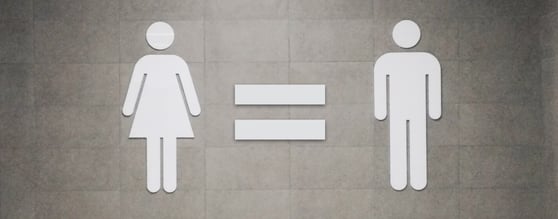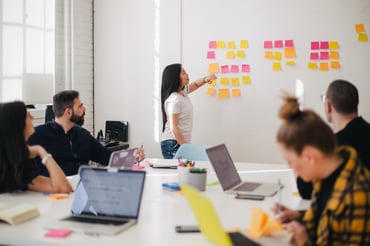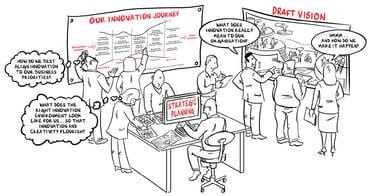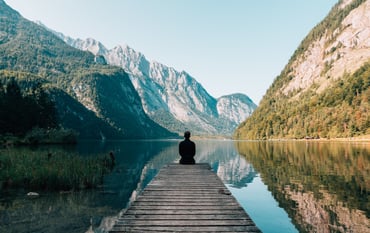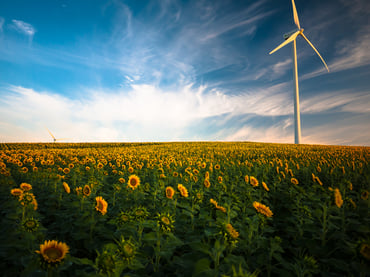During the 2015 United Nations Summit, the international community adopted 17 Sustainable Development Goals (SDGs) under the United Nations (UN). Our new blog series will take you through the 17 UN Sustainable Development Goals in detail: What drives each one? Why is it important? How is it implemented? Which measures and actors make a difference here? This first contribution focuses on a goal that HYPE considers particularly important: SDG 5 - Gender Equality.
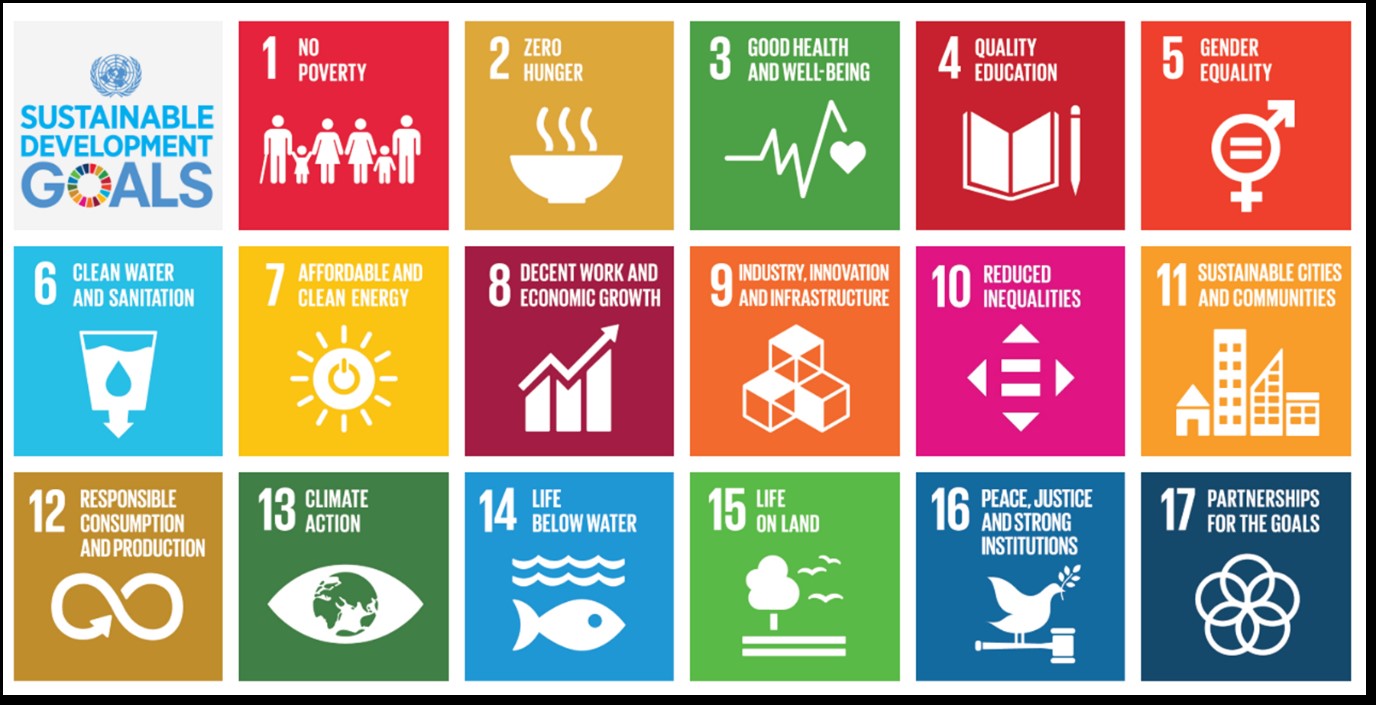 Global challenges such as sustainable management, environmental protection, and social justice can only be met together. The SDGs were adopted as part of the 2030 Agenda by all UN member states in order to promote sustainable peace and prosperity and protect our planet. All people – according to the mission statement of the 2030 Agenda – should live in a socially just world, receive a good education, and have the opportunity to pursue decent work.
Global challenges such as sustainable management, environmental protection, and social justice can only be met together. The SDGs were adopted as part of the 2030 Agenda by all UN member states in order to promote sustainable peace and prosperity and protect our planet. All people – according to the mission statement of the 2030 Agenda – should live in a socially just world, receive a good education, and have the opportunity to pursue decent work.
The 17 SDGs encompass all three dimensions of sustainability: environment, social, and government – and five core messages as guiding principles: people, planet, prosperity, peace, and partnership. This blog series will also shed light on what industry and society can contribute to the implementation of these goals – and each and every one of us.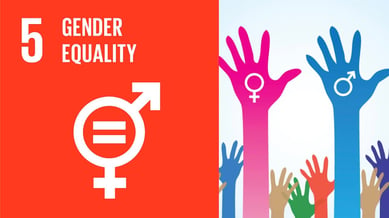 Fig. 1: UN SDG 5 – Gender Equality (Source: EarthAgain)
Fig. 1: UN SDG 5 – Gender Equality (Source: EarthAgain)
SDG 5 – Gender Equality and Empowering Women and Girls
Gender equality is not only a fundamental human right but also the basis for a peaceful, prosperous and sustainable world. SDG 5 aims at gender equality, equal opportunities, and the right to self-determination. Making up half of the world's population, women and girls are the strong focus of this goal, but it is not limited by gender. This includes LGBTQIA+ (Lesbian, Gay, Bisexual, Transgender, Queer) or the LGBTTIQ community (Lesbian, Gay, Bisexual, Transgender, Transsexual, Intersex, Queer people). Furthermore, Goal 5 focuses on inclusion and on integrating people with disabilities; so, a very broad field.
But what does Sustainable Development Goal 5 mean in concrete terms, and what is behind it? SDG 5 calls for an end to all discrimination against and violence against women and girls, including lesbianism, biphobia, and transphobia. Women should be able to grow up self-confident, self-determined, and non-violent. They should be able to go to school, work in politics and in leadership positions, and much, much more.
Covid-19 as a Driver: Violence Against Women and Girls
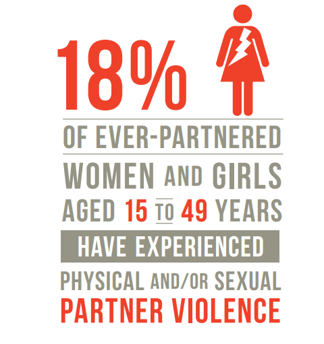
Unfortunately, this is not the case in many parts of the world - and the Covid-19 pandemic has exacerbated existing inequalities for women and girls. In many places, there has been talk of a "double pandemic" because violence against women and people in the queer community has increased significantly due to the pandemic. According to Oxfam, during the first lockdown of 2020, there were 111% more calls to aid hotlines in Malaysia, 79% in Colombia, 73% in Italy, and 69% in South Africa. Within 12 months, one out of five women and girls between the ages of 15 and 49 have experienced physical or sexual violence from their partner. Even so, 49 countries do not have laws protecting women from domestic violence.
Fig. 2: Violence against women (Source: The Sustainable Development Goals Report 2019)
Surveys also show that most of the world's married women and women in partnerships do not have access to family planning, education, and health care. The circumcision of women is also far from history. Female genital mutilation (FGM) continues to affect more than 200 million women and girls in 31 countries. Girls as young as 5 years old are subjected to this harmful practice in half of the countries.
Forms of digital violence are also expanding, according to the World Girls' Report 2020 "Free to be online", 58% of the girls surveyed have already experienced threats, insults, and discrimination on social media.
Discrimination Against Women and Girls
Less than adequate medical care, education, and substantial nutrition: The inequalities that girls face usually begin at birth and then accompany them throughout their lives. Factors that often lead to poverty and less self-determination.
Here is one example: Women make up 70% of the world's staff in social and nursing professions and on average do three times as much unpaid housework and caregiving as men. In the pandemic, they were especially challenged on the front line – in the hospital and/or home office. This double burden left many girls and women with even less time for their own gainful employment – and they can slip even faster into financial dependence. In 18 countries, husbands are even allowed to prevent their wives from working.
Loss of earnings in families has further exacerbated the financial predicament of women – and thus also the risk of human trafficking, forced prostitution, or other forms of exploitation. The fact is that every year 15 million girls under the age of 18 are forced to marry. In 2019 alone, one in five women worldwide was already married between the ages of 20 and 24 in childhood. According to UN Women, the pandemic has further increased the risk of child marriage – affecting around 10 million girls.
Even women in full-time professional careers face discrimination. In the agricultural sector worldwide, women own only 13 % of the land. In North Africa, less than one in five paid jobs in the non-agricultural sector are held by women and discrimination does not stop at highly qualified women in 2022. Currently, only around 28 % of management positions worldwide are held by women. Even in the EU, where higher numbers could be expected, only just over one in three managers (34.4 %) is currently female. Sadly, this share has only increased by 1.2 % since 2012.
All Actors are Called Upon to Implement
However, where there are many shadows, there is also much light. In recent years, the issue of gender equality - particularly women's empowerment - has gained momentum.
Major progress on gender equality has only recently been achieved on the international stage: at this year's G7 summit on June 28, 2022, the G7 countries agreed on an annual gender equality monitoring – the so-called "G7 Dashboard on Gender Gaps". All G7 countries (Germany, France, Italy, Japan, Canada, the UK, the USA) and the EU want to use it to measure and transparently document their annual progress on gender equality in the areas of education, employment and salary for the first time.
Or take the Spotlight Initiative, a joint program of the United Nations (UN) and the EU: 'Spotlight' is the world's largest targeted initiative to end all forms of violence against women and girls. A lot has already been achieved here. For example, there are 30 % fewer female genital mutilations today than ten years ago. As part of a multi-year country program, the Spotlight initiative is dedicated to the fight against child marriage and "bride abduction", especially in Kyrgyzstan and actively supports on the ground by providing accommodation and legal and psychological support for victims of violence.
SDG Good Practices
The SDG Good Practices, a collection of international success stories for the implementation of the SDGs, also makes contributions from governments and other stakeholders.
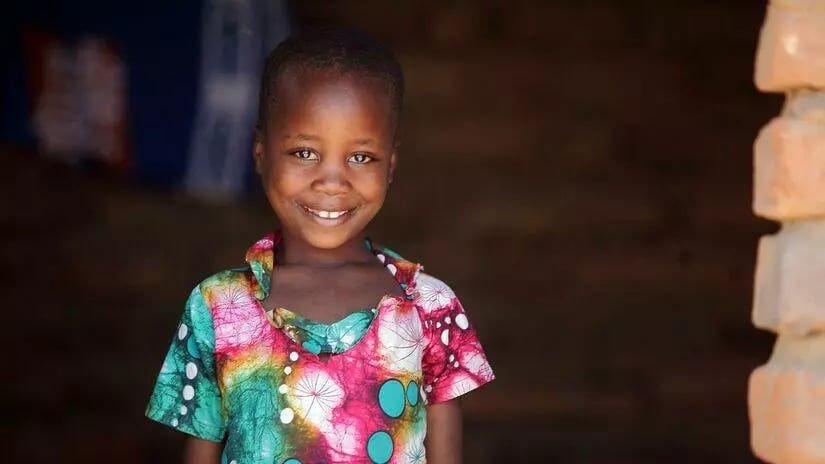
Fig. 4: The goal: Empowering girls and women worldwide (Source: Plan International)
Among these good practices is one from Sierra Leone in West Africa. Around 40% of local girls have their first child before their 18th birthday. One reason for the high number of early pregnancies: Girls and women are still often regarded as second-class people and are therefore often disadvantaged. Journalist and activist Isatu wants to change that. As chairwoman of the Mirror Africa network, she is committed to girls' and women's rights and uses her position for education and concrete help for economic self-determination – for example by providing safe places and exchanges for pregnant women and young mothers.
Other Initiatives Worldwide
Promoting and strengthening the political and civil society participation of young people – especially girls and young women – is the aim of the Girls Lead Program, to which the children's charity Plan International is committed. The international 5-year program specifically supports organizations and networks in Togo, Egypt, and Cambodia as well as the transnational regional project 'Girls' networks: Together we are strong in Latin America.
The right to freedom of sexual orientation is naturally included in human rights because gender is diversity. Despite this, homosexuality is still punishable in 80 countries worldwide, with the death penalty even threatening in 11 countries. However, something is also changing here: Homosexuality has been decriminalized in many Latin American countries, India, and some African states. At the same time, 30 countries have opened marriage to people of the same sex.
It is clear that Europe has a lot of catching up to do, particularly when it comes to protecting the rights of trans- and intersex individuals. Or would you have thought that a quarter of the young homeless in the UK are LGBTIQ people? For over 25 years, the Albert Kennedy Trust (AKT) has been supporting young LGBTIQ people who are struggling with homelessness or living in a hostile environment, financially and with emergency shelters. In Thailand, a program ('Making Educational Institutions Safe to Young LGBT Students') supports the elimination of all types of gender-based violence, including bullying of LGBTTIQ students in national schools. In Cameroon, the Cameroon National Association for Family Welfare (CAMNAFAW) has been providing specialized health services, information, and advice to the LGBTTIQ community since 2008.
Diversity and gender equality go far beyond advancing women, as these examples illustrate. It is also about inclusion, to integrating people with disabilities. Germany recognized it had to do something with the current ten million people with disabilities. For example, the model project Inclupreneur in Berlin and Bremen, for example, advises and supports start-ups and founders in the integration of people with disabilities into regular employment relationships.
HYPE Initiative: Women in Innovation
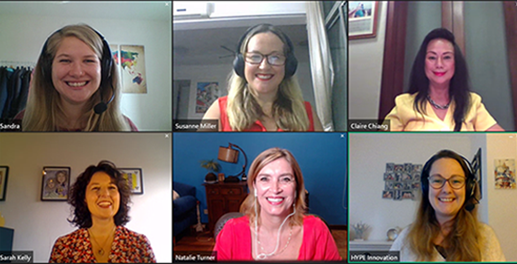
Fig. 5: Women in Innovation (WIN) – the webinar series of HYPE (Source: HYPE)
There are many great examples from industry and individual organizations for the implementation of SDG 5. We at HYPE are also involved in a variety of ways. The best example is our Women in Innovation initiative that Sandra Fernholz, Head of Sustainability and Social Impact at HYPE, and Natalie Turner launched two years ago: Women in Innovation is a series that offers a female perspective on innovation topics in order to encourage more women to enter the field. Sandra Fernholz: "For us, innovation means shaping the future together – a better and fairer future. With our Women in Innovation initiative, we want to inspire even more women and non-binary people and to innovate. We want to show committed, highly qualified women in the innovation industry as role models. Our female view of innovation issues is designed to encourage women around the world to continue driving innovation – and pave the way for future generations."
Through webinars, interviews, and top-class panel discussions, participants learn a lot about the current topics and challenges of women in innovation roles – and how they individually perceive and shape these roles. This year's Women In Innovation event was themed 'Break the Bias' – the official theme of International Women's Day 2022. Why is there gender bias at all – a distorted perception of sexist prejudices and stereotypes – and how does this bias influence our behavior? Why are women so important for innovation in this context? Answers were provided by renowned speakers and supporters of Women in Innovation such as Arlette Palacio (CEO of SIP Group), Fabienne Jacquet (author of Venus Genius), Jeanette Uddoh (founder of Africa Rising), Senela Jayasuriya (initiator and moderator of the Global Podcast on Diversity, Equity & Inclusion, including Sandra Fernholz). When the same people - traditionally men - innovate it creates blind spots. The need for diversity, however, is essential to solve problems that go beyond the known ones. Because women have a different perspective of the world that is different than men, they naturally bring diversity to the table. As a result, it is much easier to identify problems and then work together on appropriate solutions.
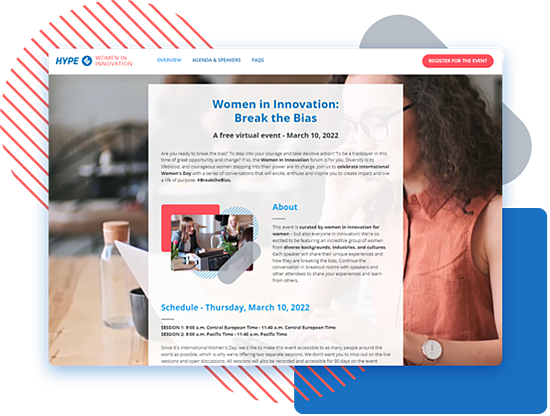 Fig. 6: Action for International Women's Day 2022 under the motto "Break the Bias" (Source: HYPE)
Fig. 6: Action for International Women's Day 2022 under the motto "Break the Bias" (Source: HYPE)
Become Active Yourself
There is no doubt that diversity fosters creativity and innovation. The 2030 Agenda of the United Nations only establishes a framework for the shared responsibility of all actors: politics, business, science, civil society - and every individual. You can become active in many ways! Whether through donations, personal initiative, or sponsorship, we can all contribute to strengthening the rights of women, girls, non-binary people, and people with disabilities.
In our next post, we'll discuss climate neutrality, one of the 17 Sustainable Development Goals.
Do you still have questions about the SDGs, and gender equality or are you interested in the HYPE initiative Women in Innovation? Sandra Fernholz, Head of Social Impact and Sustainability at HYPE, will be happy to help you. Just write to her at Sandra.Fernholz@hypeinnovation.com. Further articles about sustainability can be found in our blog, and more detailed information on our websites under Sustainability.




